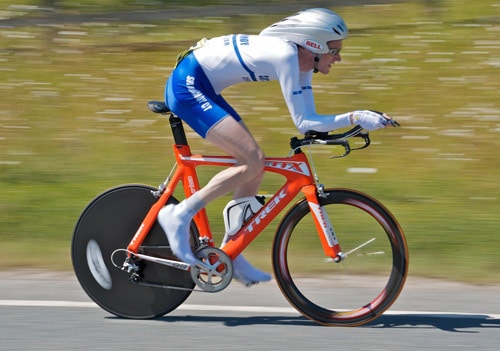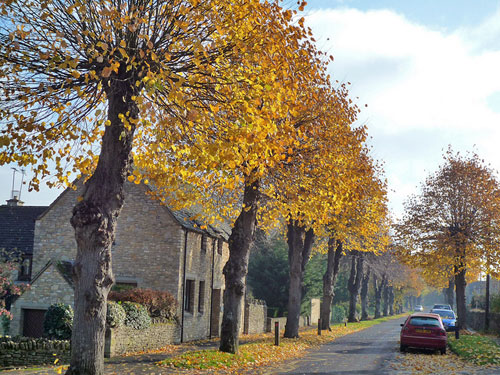A reader asked if I had any ideas training for a 100 mile time trial. Next year, the National 100 mile TT will be one of my main pre-hill climb season targets. Last year I finished 5th in a time of 3.46, and I hope to go a bit better next year. I set a pb of 3.34.17 in 2014

Basic Training for a 100 mile TT
At the risk of stating the obvious, the 100 mile TT is a formidable challenge. It’s one thing to ride 100 miles, but to race 100 miles, is quite a challenge. A quickish rider will be able to do it in 4 hours.
The record for 100 mile TT is Kevin Dawson (03:22:45) in 2003. If you think that sounds fast, Ian Cammish did 3:31:53 in 1983 before tribars and discwheels.
A 100 mile TT is possibly cycling’s answer to the marathon; it’s a similar effort in terms of time.
Base Endurance
The obvious starting point for doing a 100 mile TT is to do sufficient aerobic endurance training. If you are starting from scratch, this will take a good 6 months to build up. You can do 10 mile TT or 25 mile TT on little training, but unless you want to suffer like anything, you need that base endurance to be comfortable sitting in the saddle and able to complete the distance.
Minimum base endurance
As a minimum, I would suggest you need one long ride of 3-4 hours every fortnight. If possible, you would make it more frequent and longer. In winter and early season, I would do these training rides around level 2, so it is around 70% max heart rate. around 60-70% max threshold power. These aerobic training slowly build up aerobic fitness, fat-burning capacity and ability to cycle for long periods. There are also smaller benefits for top end performance, such as increased lactate threshold. But, this is the first priority in terms of training for 100 miles. At the least, I would do a ride of 80 miles before racing. If you’ve already done a 100, it will be good for your confidence psychologically. But, it’s not essential. I know a few good time triallistswho will only do over 80 miles in a 100 mile TT.
Optimal base endurance
To maximise my chances in the 100 mile TT, I will be concentrating on the winter months in building up a strong aerobic endurance. At the moment, in November, I’m trying to do two long rides a week of 5-6 hours (averaging about 16mph). The average speed is not important. These are the classic long slow distance rides (LSD); you can easily do it with other riders. With a couple of shorter rides, it provides quite a strong framework for later in the season. At this time of the year, I don’t see these as ‘junk miles’, but an important foundation for increasing intensity in Jan and Feb.
Throughout Dec, Jan and Feb, I will continue to work on this aspect of cycle fitness. I don’t rigidly stick to level 2, but sometimes in the year it is good to concentrate on a particular type of training, after a long seasons hill climbs, endurance training seems a nice break from top level intervals.
A very rough target is to manage 1,000 miles a month in winter. But, these days, I’m less religious about clocking up the miles. It’s important not to get carried away and maintain a good balance between rest and training. This balance is different for different athletes. In my first season, 1,000 mile a month would have left me pretty tired, after a few seasons accumulation in fitness, it is more manageable. But, in the winter, I still leave a good two days of rest or very easy riding. Also, in a month, it’s good to vary effort from week to week. Perhaps 3 weeks of 200-300 miles, and in the fourth week have much lighter week.
Sweat Spot training
A typical cyclist might be racing a 100 mile TT at around 80-90% of threshold power. e.g. if you average 300 watts for a 25 mile TT, you might do well to average 250 watts for a 100 mile TT. This effort level of 10-15 % below your threshold for an hour, is often termed sweat spot training or ‘tempo’ training.
It is called the sweat spot because you can gain big improvements in fitness, with only relatively limited muscle damage and tiredness. If you race at threshold or above, you can make more gains, but also face greater fatigue and need more rest.
Therefore, in training for a 100 mile TT, a very good training schedule will be to incorporate these ‘tempo’ rides into your training.
Early in the year, you can start off with just doing one hour at this tempo of 80-85% threshold power. You will need to concentrate to maintain the power and effort, conversation is no longer really possible; it will be difficult to do in a group, unless you have a small number of riders of similar ability.
As the year progresses, increase the duration of these tempo rides from 1 hour to 2, 3 and even four hours. This is training which closely matches your race pace, so it is targeted training to the race effort of a 100 mile TT.
The good thing about sweat spot training is that it is a lot of fun and rewarding. You can do quite a bit of it without excess fatigue. If you have limited training time, then I would concentrate on this sweat spot training. Effort at this intensity will bring substantially more gains than low intensity level 1 and 2.





